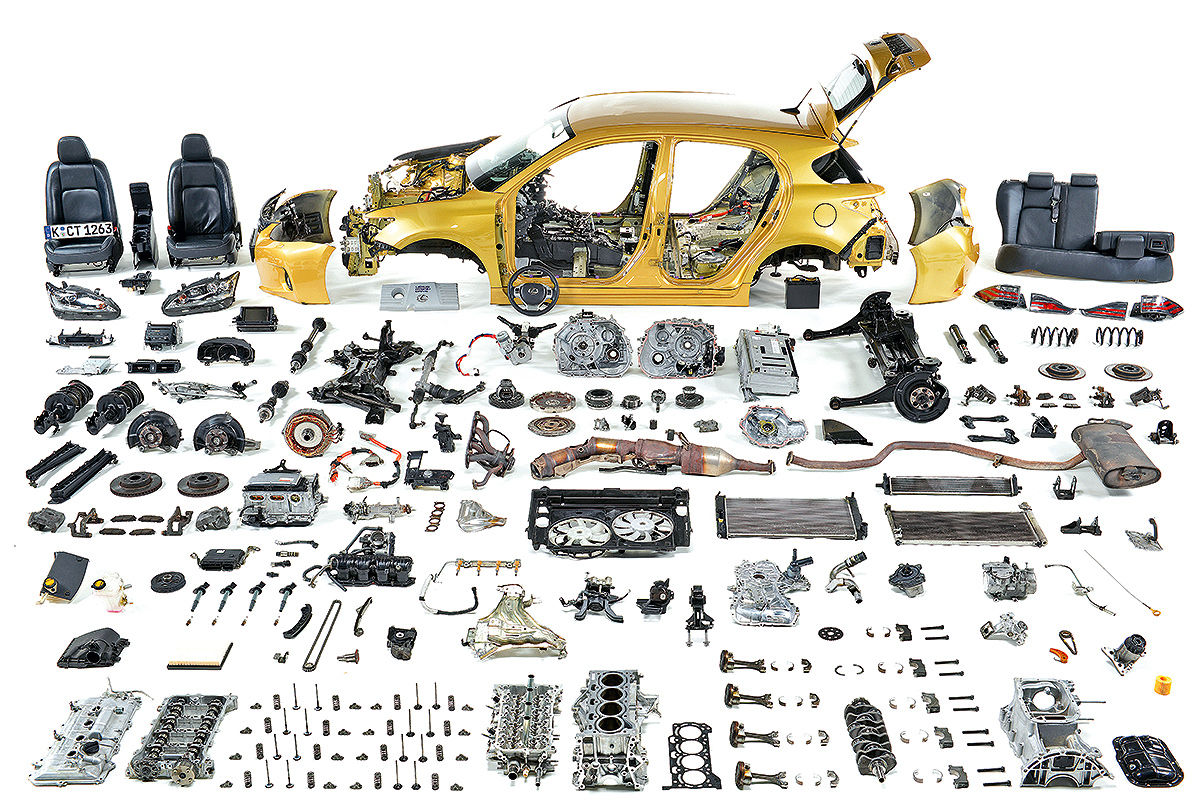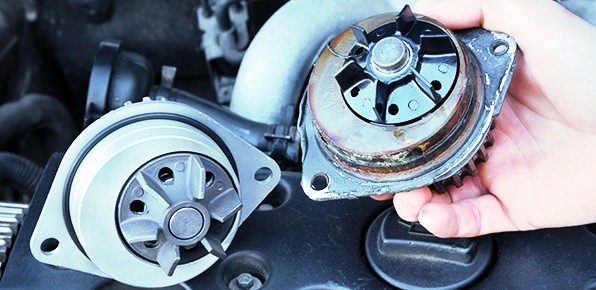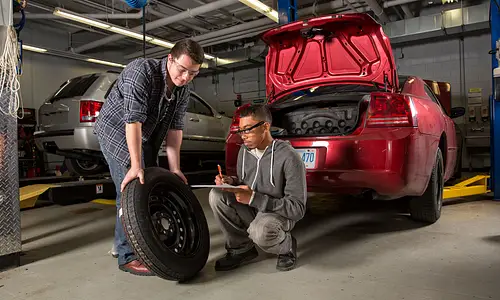To replace car parts, first identify the faulty component and obtain the correct replacement part. Then, follow the vehicle’s manual or seek professional assistance for installation guidance.
Maintaining the vehicle’s performance and safety relies on the timely replacement of worn-out or damaged car parts. Whether it’s a simple task like changing a headlight bulb or a more complex process like replacing a brake caliper, understanding the basics of replacing car parts can save you time and money.
By learning how to identify, purchase, and install the right car parts, you can ensure the vehicle runs smoothly and safely. This guide will provide you with essential tips and steps about how to replace car parts, empowering you to take better care of the vehicle’s maintenance needs.
Contents
Getting Started With Diy Car Repairs
Getting started with DIY car repairs can be a rewarding and cost-effective way to maintain and improve the vehicle. By learning how to replace car parts yourself, you can save money on labor costs and gain a deeper understanding of the vehicle’s inner workings. Before diving into the process, it’s important to familiarize yourself with the essential tools for the job and understand how to identify parts that need replacement.
Essential Tools For The Job
Before you begin any DIY car repair project, it’s crucial to have the right tools on hand. Some essential tools for replacing car parts include:
- Socket wrench set
- Screwdrivers (both flathead and Phillips head)
- Pliers
- Jack and jack stands
- Oil filter wrench
Identifying Parts That Need Replacement
Regular vehicle maintenance and inspections are key to identifying parts that may need replacement. Keep an eye out for warning signs such as strange noises, fluid leaks, or dashboard warning lights. Additionally, referring to your vehicle’s manual can help you understand the typical lifespan of various car parts and when they may need replacement.

Credit: gradeautopart.com
How to Replace Car Parts
When it comes to maintaining the car, being able to replace common car parts yourself can save you time and money. Whether it’s changing your car’s oil, replacing brake pads, or swapping out the battery, having a basic understanding of these tasks can empower you to take control of the vehicle’s maintenance.
Changing Car’s Oil
Changing the car’s oil is a crucial maintenance task that helps keep the engine running smoothly. Follow these steps to replace the car’s oil:
- Drive the car for a few minutes to warm up the oil.
- Secure the car on jack stands.
- Locate the oil drain plug and use a wrench to loosen it.
- Drain the old oil into a pan and replace the drain plug.
- Remove the old oil filter and replace it with a new one.
- Add the new oil and check the levels with the dipstick.
- Dispose of the old oil responsibly.
Replacing Brake Pads
Maintaining your car’s braking system is vital for safety. Follow these steps to replace your brake pads:
- Lift the car and remove the wheels.
- Locate the brake caliper and remove the bolts.
- Take out the old brake pads and replace them with new ones.
- Reassemble the caliper and put the wheels back on.
- Test the brakes to ensure proper functionality.
Swapping Out The Battery
Having a functioning battery is essential for starting the car. Follow these steps to swap out the battery:
- Locate the battery and identify the positive and negative terminals.
- Disconnect the negative terminal first, followed by the positive terminal.
- Remove the battery hold-down clamp and take out the old battery.
- Place the new battery in the tray and secure it with the hold-down clamp.
- Connect the positive terminal first, followed by the negative terminal.
- Ensure the connections are tight and secure.
Tips And Tricks For Successful Diy Car Maintenance
When it comes to DIY car maintenance, it’s crucial to have the right tips and tricks for success. By following these guidelines, you can effectively replace car parts and keep your vehicle in top condition.
Avoiding Common Mistakes
One common mistake to avoid is not using the right tools for the job. Always ensure you have the correct tools before starting any repair.
Another mistake is rushing through the process. Take your time to understand the steps involved in replacing the car part.
Maintaining Car After Repairs
After replacing a car part, it’s essential to check for any leaks or unusual sounds. Regularly inspect the newly replaced part to ensure it’s functioning properly.
Keep a record of the maintenance tasks you perform and follow the manufacturer’s guidelines for replacing parts to prolong the lifespan of the vehicle.

Credit: boodmo.com

Credit: www.championautoparts.com
Frequently Asked Questions
Here are some FAQs about replacing car parts –
How Do I Know If I Need To Replace A Car Part?
If you notice unusual sounds, decreased performance, or warning lights on the dashboard, it may be time to replace a car part.
What Are The Signs Of A Failing Car Part?
Signs of a failing car part include difficulty starting the vehicle, decreased fuel efficiency, and abnormal vibrations or smells.
How Often Should I Replace Car Parts?
The replacement frequency depends on the specific car part. Consult vehicle’s manual or a trusted mechanic for recommended intervals.
Can I Replace Car Parts Myself?
Simple tasks like changing wiper blades can be done by yourself, but more complex repairs should be left to trained professionals.
Are Aftermarket Car Parts Reliable?
While aftermarket car parts are generally reliable, it’s important to purchase from reputable brands and ensure they meet industry standards.
How Can I Find The Right Replacement Car Part?
Identify the specific part needed, check compatibility with your vehicle’s make and model, and purchase from trusted suppliers or authorized dealers.
Conclusion
Replacing car parts is a crucial aspect of vehicle maintenance. By following the steps outlined, you can ensure your car runs smoothly and efficiently. Remember to prioritize safety and seek professional help when needed. Regular maintenance will keep your car in top condition for years to come.
